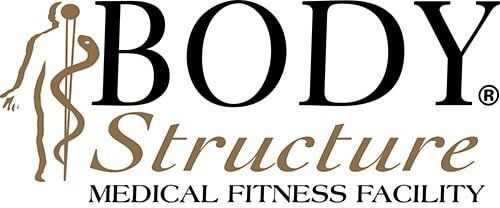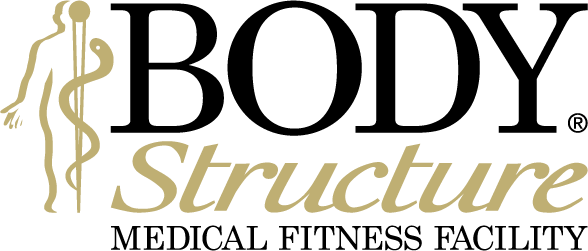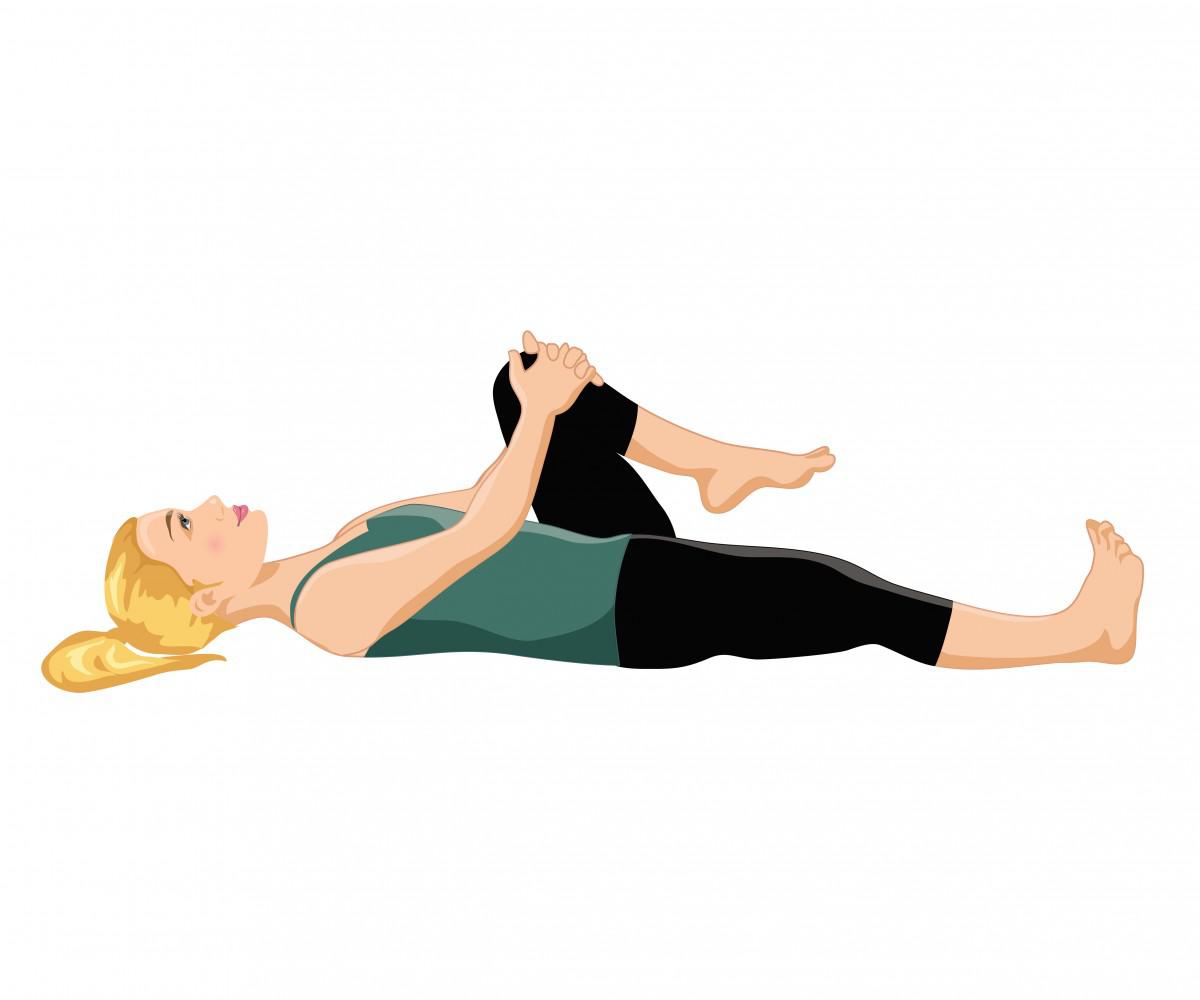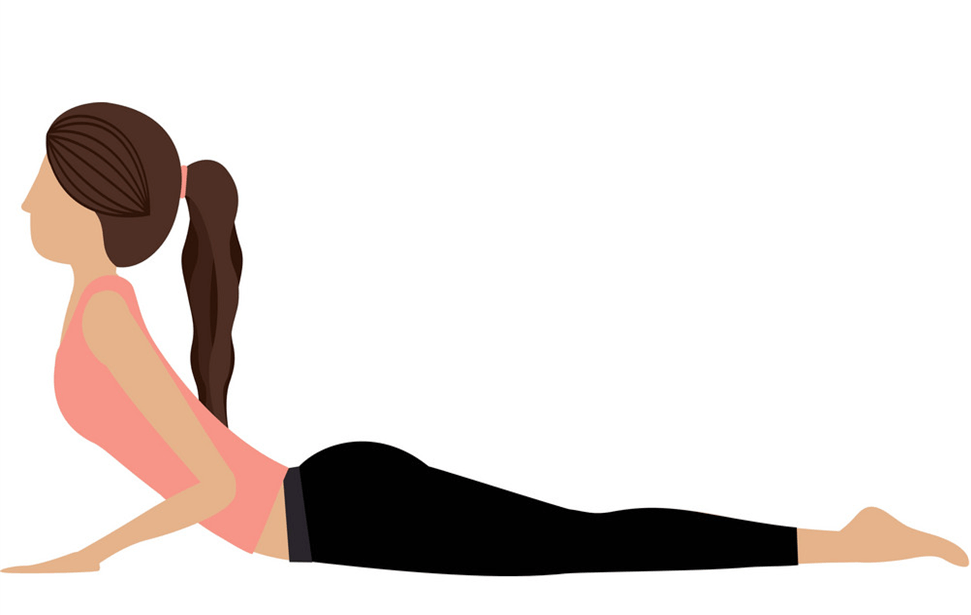It’s Such a Pain in the…Back
Have you ever experienced back pain?
With more than a quarter of all adults having experienced back pain within the past three months and about 80% experiencing back pain at some point during their lifetime the answer is probably YES! Unfortunately this means back pain is nearly a universal human experience. But don’t worry, there is hope!
So what can you do about it?
In order to combat back pain, we must first have a basic understanding of the function of the low back. The low back’s primary purpose is to provide stability. It is meant to resist motion, not create it. I’m sure you’ve all hear “lift with your legs…NOT with your back”. But what does this really mean. When we move, we are meant to spare the low back by moving from the hips and the upper back, NOT the low back. More often than not, we get it backwards, and end up moving more from our low back while our hips and upper back tighten up. The end result is…you guessed it…low back pain!
Digging a little deeper we find…
The muscles of the low back are usually overactive/overworked because of poor movement. This poor movement results from a lack of help from the supporting cast (glutes, hamstrings, abs, etc.), poor breathing mechanics, shifts or rotations in the spine or hips, lack of hip/upper back mobility, or any combination of the above.
So how do I find out if my back pain is caused by me not moving right?
At Body Structure our physical therapists will perform a thorough evaluation to help determine the root cause of your issues and provided actionable solutions for alleviating your back pain. They will also help outline a long-term plan to get you moving better and help keep your back as healthy and pain-free as possible.
What else?
Knowing what NOT to do is just as important as knowing what to do in the struggle with back pain. Exercises that create bending and/or twisting at the low back should rarely find their way into your exercise programs, especially if you already have back pain. This means common core exercises often believed to be helpful like crunches, sit-ups, and loaded twisting movements should be abandoned for more appropriate exercises.
If those aren’t good, then what back exercises are appropriate?
Assuming serious, underlying conditions (such as disc degeneration, herniated discs, stenosis, etc.) are ruled out, there is a plethora of exercises available to improve the strengthen and endurance of the muscles of your low back and keep pain at bay. Because the primary function of your low back is to provide stability and resist motion, the exercises chosen should put you in a position to do just that…stabilize. At the same time, working on the mobility of the hips and the upper back will help put movement back where it is supposed to be.
Below are a few suggested exercises to get the ball rolling to a more pain-free place.
Exercise 1 – Pelvic pain
Single Knee Isometic
How to do it:
- Lying on your back, grab your knee with both hands
- Keep your other leg straight.
- Push your knee down into your hands.
Hold 5 seconds, 10 times
DO NOT hug your knee to your chest!
Exercise 2 – Sciatica pain
Prop up on Stomach
How to do it:
- Lying on your stomach, hands in push-up position
- Keep hips and pelvis on floor, press upper body, head, and chest up
Hold for 5 seconds, repeat 10 times
Initially, the goal may be to alleviate the pain, but in the end, the probable result will not only be less pain, but better overall movement. When each joint is properly playing its part and all your joints are working together, you are both more pain free and more capable. We have assisted thousands over the past twenty years to hurt less and move better. We would be glad to guide you too!
























